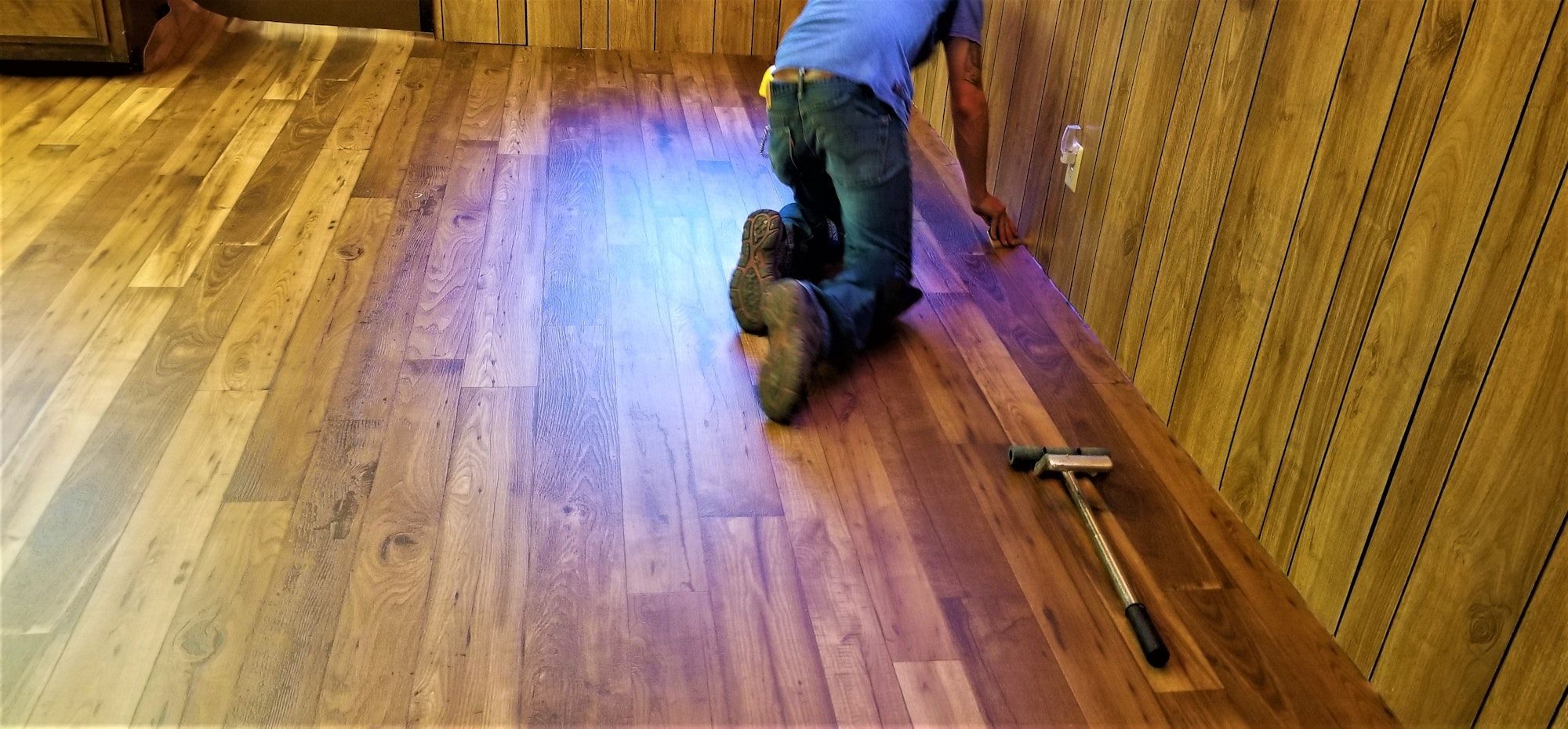In the realm of automotive care and maintenance, there is a facet that is often overlooked by many: tire tread depth. It’s easy to forget about the rubber that keeps your vehicle grounded, yet it plays a vital role in your vehicle’s performance and safety. The tread on your tires serves a crucial function by providing traction and grip on the road. This seemingly minute detail can have significant implications on how your car handles various driving conditions.
Understanding Tire Tread Depth
Before delving into the intricacies, it’s important to understand what tire tread depth is. The term refers to the vertical measurement from the top of the tire’s rubber to the bottom of its deepest grooves. These grooves are not there merely for aesthetic reasons; they are designed to divert water from beneath your tire to improve traction and avert hydroplaning.
Also read : What are the signs that your vehicle’s exhaust system needs repair?
Tread depth is measured in 32nds of an inch, with most new tires starting at around 10/32” or 12/32”. As you drive, the tread will naturally wear down and decrease in depth. If it reduces to 2/32”, it’s high time to replace your tires. Inaccurate tread depth could hamper your vehicle’s ability to safely grip the road, especially in adverse conditions.
The Impact of Tire Tread Depth on Vehicle Safety
It’s undeniable that tire tread depth has a direct impact on vehicle safety. When your tires have adequate tread depth, they can efficiently expel water from beneath the tread, allowing good contact between the tires and the road. This leads to improved traction, which can be critical when braking or turning corners, especially in wet conditions.
This might interest you : How do weather conditions affect the braking performance of your car?
On the other hand, when the tread depth of your tires is low, the tires are unable to disperse water effectively. This increases the risk of hydroplaning, where the tires skim over the surface of the water without actually touching the road. Hydroplaning can lead to loss of steering control and braking ability, posing significant safety risks.
Moreover, tires with low tread depth will also suffer from decreased grip on dry surfaces. This is because the patterns and sipes (small slits in the tread blocks) designed into the tread pattern of a tire become less effective as the tread wears down. As a result, your vehicle might not respond as expected when you steer or brake, especially at higher speeds.
How Tire Tread Depth Affects Vehicle Performance
Apart from safety, tire tread depth also plays a crucial role in your vehicle’s performance. One of the key performance parameters influenced by tread depth is fuel efficiency. Tires with optimal tread depth provide better traction, which means less slippage and more efficient transmission of power from the engine to the road. Hence, properly maintained tires can help you save on fuel.
Furthermore, tires with adequate tread depth provide better handling. The tread patterns and sipes on the tire serve to enhance traction, which in turn allows for more accurate steering and improved overall vehicle responsiveness. This can be particularly noticeable in high-performance cars or during spirited driving.
Checking and Maintaining Tire Tread Depth
Regularly checking your tire tread depth is an essential part of vehicle maintenance. A simple way to do this is using a tread depth gauge. Alternatively, you can perform the "penny test." Insert a penny into your tire’s tread groove with Lincoln’s head upside down and facing you. If you can see all of Lincoln’s head, it’s time to replace your tires.
Maintaining proper tire pressure also helps to ensure even tire wear and prolong tread life. Routinely inspect your tires for signs of abnormal wear or damage. Rotate your tires regularly to help them wear evenly, and align your wheels as needed to prevent uneven wear.
Remember, safety is paramount. Don’t compromise on it by disregarding the critical role tire tread depth plays in your vehicle’s handling and safety. Regular inspections and maintenance will keep your tires in optimal condition, ensuring a smoother and safer ride for the long haul.
How to Measure Tire Tread Depth
Knowing how to properly measure tire tread depth is an essential skill for maintaining the safety and performance of your vehicle. As mentioned previously, the minimum legal tread depth is usually 2/32 of an inch, but for optimal safety, many experts recommend replacing your tires when they reach 4/32". There are a few methods you can employ to check your tire tread depth.
The most precise way to measure tire tread depth is to use a depth gauge. This small, inexpensive tool can be purchased at any auto parts store. To use it, simply insert the probe into the most worn part of your tires and press the base of the gauge flat against the tread block. The scale will then show the depth of the tire’s grooves.
Another common method is the penny test, where you insert a penny into your tire’s tread groove with Lincoln’s head upside down. If you can see all of Lincoln’s head, it signals that the tread depth has reached 2/32" and it’s time to replace your tires.
Lastly, many tires are equipped with tread wear indicators — raised sections that run in between the tire’s tread. When your tread is even with these indicators, it’s a clear sign that you need new tires.
Regularly checking your tire tread depth can greatly enhance your vehicle’s performance and significantly reduce the risk of accidents.
Conclusion: The Importance of Tire Tread Depth for Safety and Performance
Tire tread depth might seem like an insignificant detail, but its impact on your vehicle’s safety and performance is anything but small. Tread depth directly affects your vehicle’s ability to grip the road, preventing dangerous scenarios like hydroplaning and loss of steering control. It also plays a significant role in fuel efficiency, vehicle responsiveness, and handling.
By maintaining a proper tire tread depth, you are not only ensuring a smoother, safer ride but also prolonging the life of your tires, making them a more cost-effective investment. Whether you choose to use a depth gauge, the penny test, or rely on tread wear indicators, regular checks are crucial.
Remember, when it comes to your vehicle’s performance and safety, it’s the small things that count. Don’t overlook the importance of your tires; after all, they are the only part of your car that touches the road. Schedule an appointment with a trusted mechanic for regular tire maintenance, and ensure your ride is as safe and efficient as possible.
To sum up, whether you’re a daily commuter, a weekend warrior, or a performance enthusiast, your tires, and more specifically their tread depth, play a central role in your vehicle’s performance and safety. Don’t take them for granted. Keep them in check, and they’ll keep you safely on the road.











